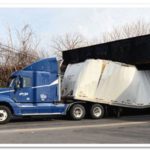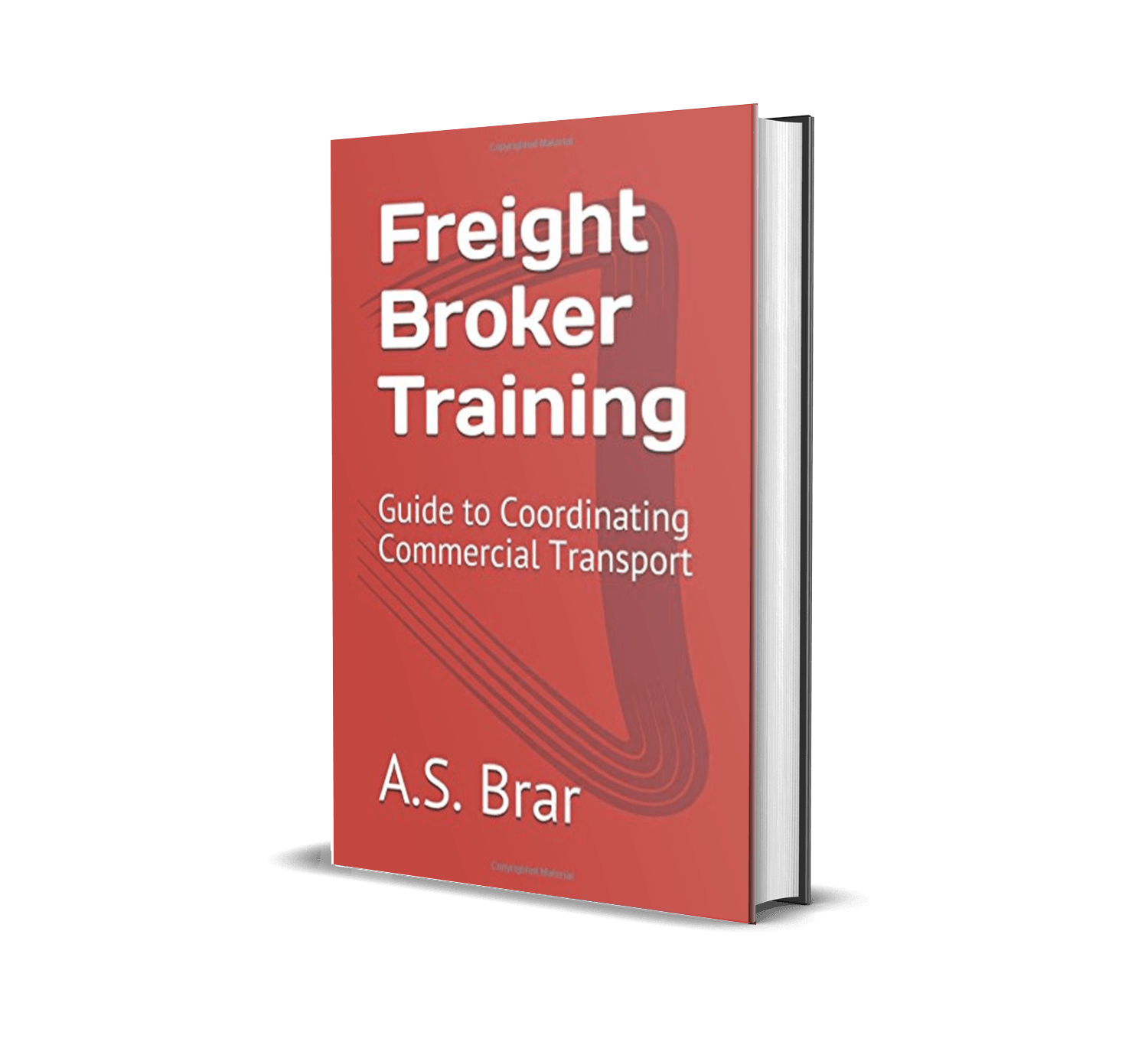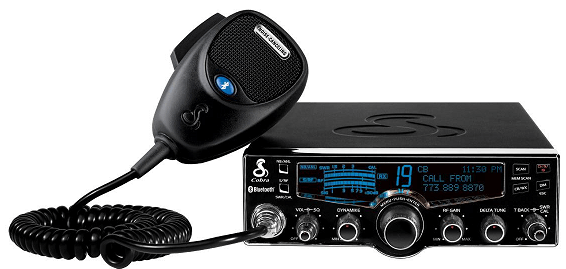Trucking companies that train new drivers will have some type of required training program that the driver must undertake before being given full driving privileges. CDL training is provided through private training schools, public education institutions, and through carrier’s themselves.
The standard path for training begins with the driver completing a truck driving course at a formal school, obtaining their CDL, and then finishing their training while on the job with a carrier.
Practices used in Truck Driver Training
Current practices in truck driving training include the instructor’s use of a commentary approach that demonstrates and emphasises the driving skills. Certain areas that are covered through training programs include:
- Defensive driving techniques
- Transportation of dangerous goods
- Cargo securement procedures
- Pre-trip inspections
- Logbook and hours of service regulations
- Accident procedures
There are many challenges associated with professional truck driving. One of the most common causes of accidents is rollovers. Rollovers occur most commonly due to inability to turn the truck successfully at a curve point. Other challenging driving situations that new drivers must be trained for include:
- Safe lane changing,
- Passing techniques,
- Crossing intersections,
- Controlling vehicle on downgrades,
- Checking air brakes,
- How to navigate slippery sections and prevent jackknifing,
- Emergency procedures,
- Adjusting axle weights,
- Using landing gear equipment
- Checking condition of equipment
- Know-how of function, location, and proper use of all primary vehicle control systems
- Know-how of all secondary truck control systems
- Overhead clearances
- Parking techniques
- Railroad crossing procedures
- Use of engine brakes
- Coupling and uncoupling trailers
- Chaining up tires
- Designated truck routes
Trucking companies that pay for CDL training may include:
Types of Truck Collisions
Younger drivers have been studied to be involved in semi-truck crashes more than their aged counterparts. The types of accidents that may occur with a semi-truck include:
Animal and pedestrian
Most crashes that involve animals sample deer especially in areas such as Michigan and Alberta. Avoidance maneuvers are not recommended in situations where drivers encounter a deer suddenly because they are often more severe than the deer collision.
Roadside object
Crashes involving a roadside object include traffic signs, bridges, overpasses, and wires. These accidents usually occur on a right-turn.
Loss of control
Loss of control happens when poor road conditions, speeding, or making an avoidance maneuver is present. Empty trucks are more likely to be involved in a loss of control collision because of the lack of traction.
Rear-end collisions
Rear-end collisions occur when a driver of a truck is following too close and does not have sufficient braking time to prevent the accident. It often occurs with new drivers that misjudge the braking distance required for a semi truck to stop completely. Often, fatigue is a factor.
Training topics
Training topics in trucking are plenty. They may include topics such as drug and alcohol testing, hours of service regulations, maximizing fuel efficiency, healthy living, vehicle inspections, WHIMIS, Hazardous Materials, food safety, transportation of dangerous goods, fire safety, defensive driving, winter driving, and managing an owner operator business.



